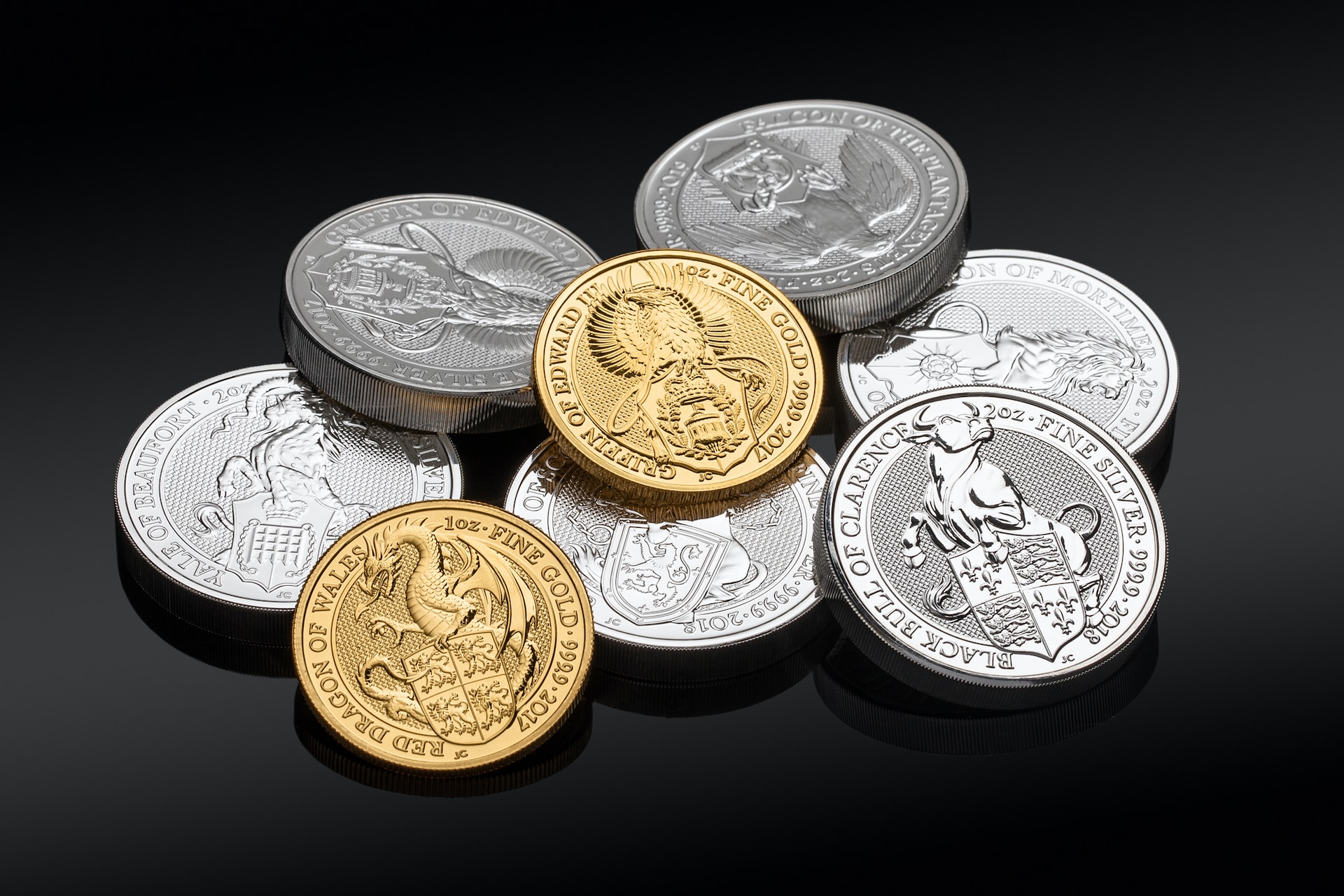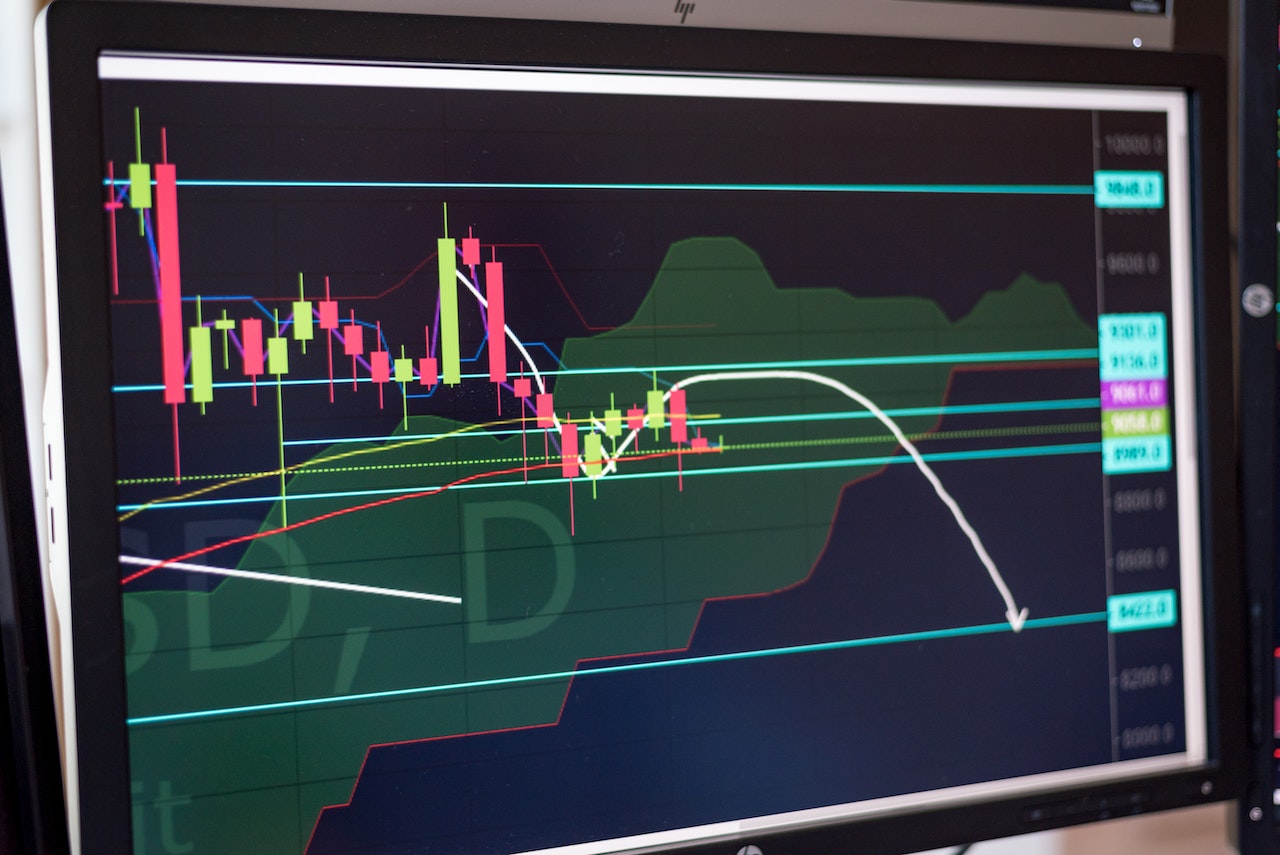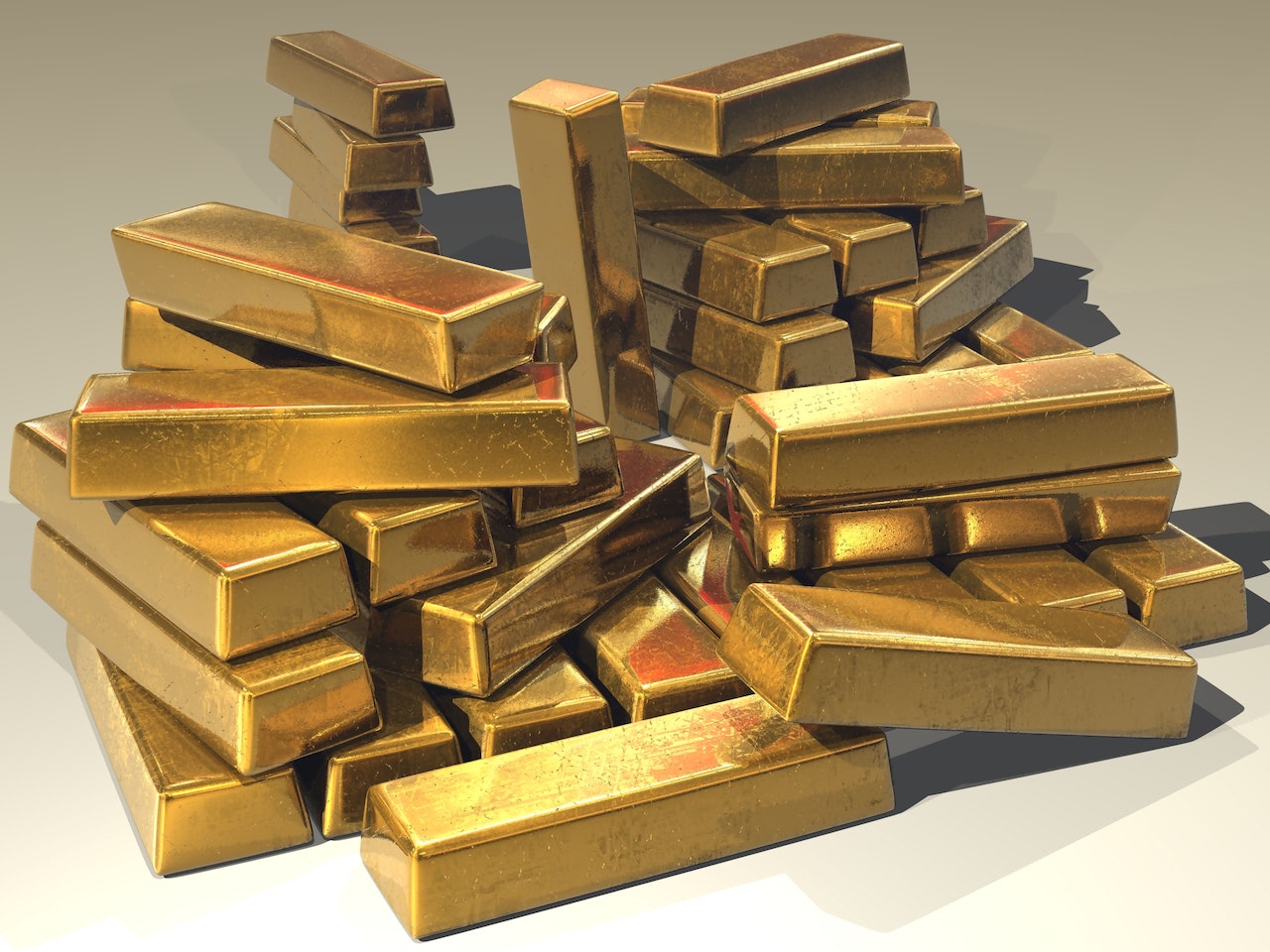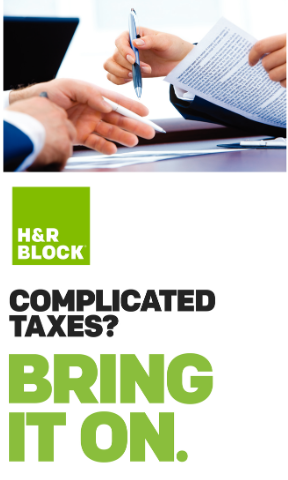
The Role of Precious Metals in Wealth Preservation
09/13/2023
In a world where financial markets can be as unpredictable as the weather, many investors seek stability and a way to preserve their wealth over the long term. Precious metals is a time-tested asset class that has played a crucial role in wealth preservation for centuries. In this article, coffee cake kids will explore how precious metals like gold, silver, and platinum have earned their reputation as guardians of wealth and why they continue to be an essential component of a well-diversified portfolio.
A Safe Haven in Turbulent Times
One of the most significant attributes of precious metals is their role as a safe haven during economic and geopolitical turmoil. When stock markets waver, currencies fluctuate, or crises emerge, investors often turn to precious metals for stability.
- Hedge Against Inflation: In times of rising inflation, the purchasing power of fiat currencies like the US dollar can erode. Precious metals, on the other hand, tend to hold their value or even appreciate during inflationary periods, making them a reliable hedge.
- Store of Value: Precious metals have a long history of serving as a store of value. Unlike paper money, they cannot be printed at will by governments, making them resistant to devaluation.
- Currency Diversification: Holding assets in different currencies can reduce risk. Precious metals provide a unique form of currency diversification, as they are not tied to any one nation’s monetary policy.
Generational Wealth Transfer
Another critical role of precious metals is in the transfer of wealth between generations. Families have preserved their wealth for centuries by passing down physical gold, silver, or platinum. These metals hold value over time and can provide a solid foundation for future generations.
Portfolio Diversification
Investors often emphasize the importance of diversifying their portfolios to manage risk. Precious metals offer an opportunity to diversify beyond traditional asset classes like stocks and bonds. Their low correlation with other assets means that they can perform well when other investments falter.

Practical Considerations for Investing in Precious Metals
If you’re considering adding precious metals to your investment strategy, here are some practical considerations:
- Form of Ownership: Precious metals can be owned in various forms, including physical bars or coins, ETFs, or stocks of mining companies. Choose the form that aligns with your investment goals and risk tolerance.
- Storage: If you opt for physical ownership, secure and insured storage is essential. Many investors use reputable vaults or depositories for this purpose.
- Tax Implications: Be aware of the tax implications associated with precious metals, such as capital gains taxes, when selling.
- Market Conditions: Stay informed about market conditions, as precious metal prices can be influenced by factors like economic data, geopolitical events, and currency movements.
In Conclusion
Precious metals have stood the test of time as reliable assets for wealth preservation. While they may not offer the same income potential as some investments, they provide stability and security in the face of economic uncertainties. Whether you’re seeking to protect your wealth, pass it on to future generations, or diversify your investment portfolio, precious metals have a valuable role to play in your financial strategy. By carefully considering your goals and doing your due diligence, you can harness the power of these timeless assets in your pursuit of financial security and success.




